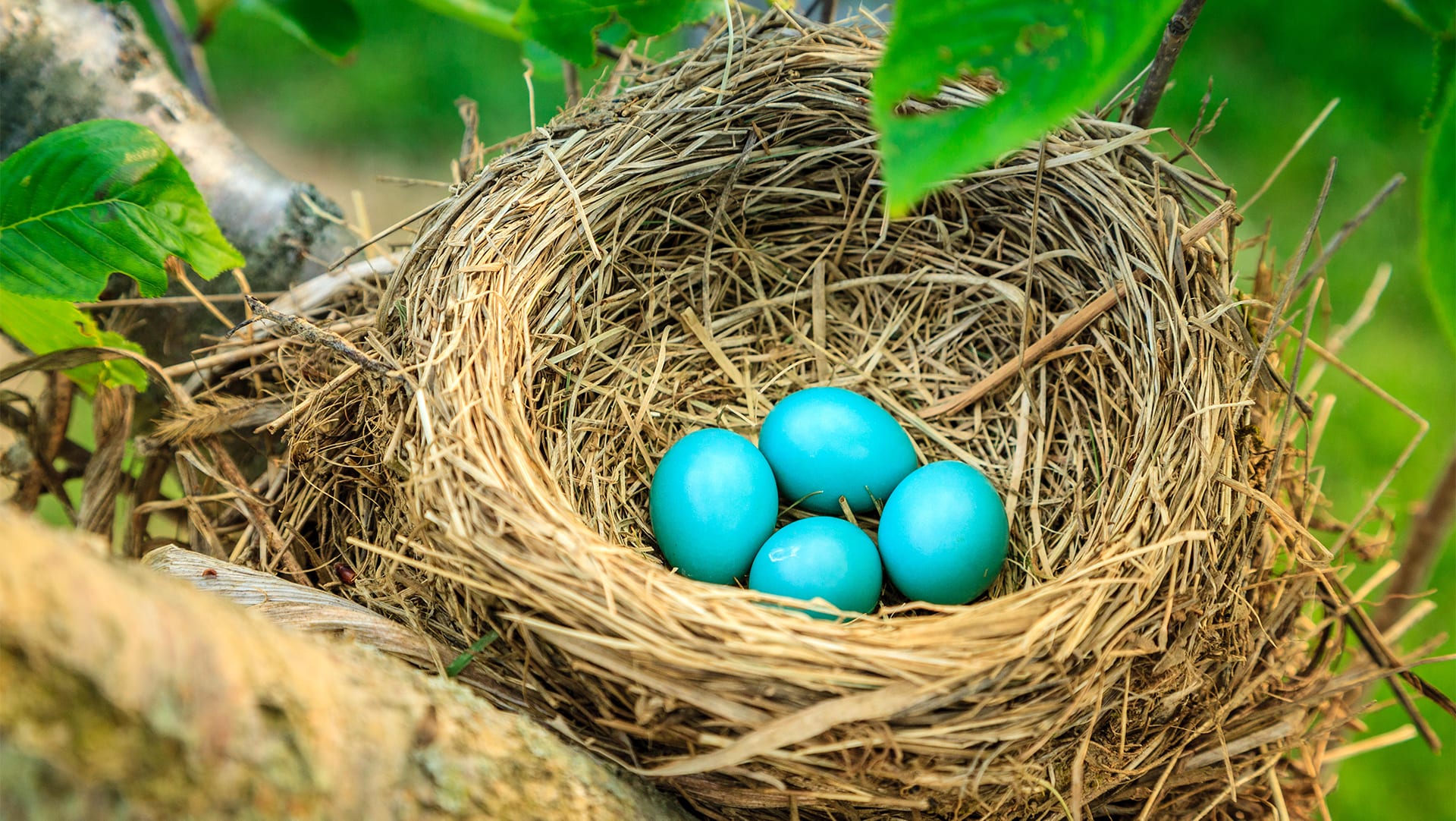Scroll for prep

Please wait…
This video is having trouble loading. You may have lost your Internet connection.
Step 1: Click to Reload this page
Step 2: Click to
Try our other video player
Step 3: Contact your teacher if trouble persists.
Or,
dismiss this message.
DISCUSS:
Why do you think most birds lay their eggs in spring, and not other seasons?

Please wait…
This video is having trouble loading. You may have lost your Internet connection.
Step 1: Click to Reload this page
Step 2: Click to
Try our other video player
Step 3: Contact your teacher if trouble persists.
Or,
dismiss this message.
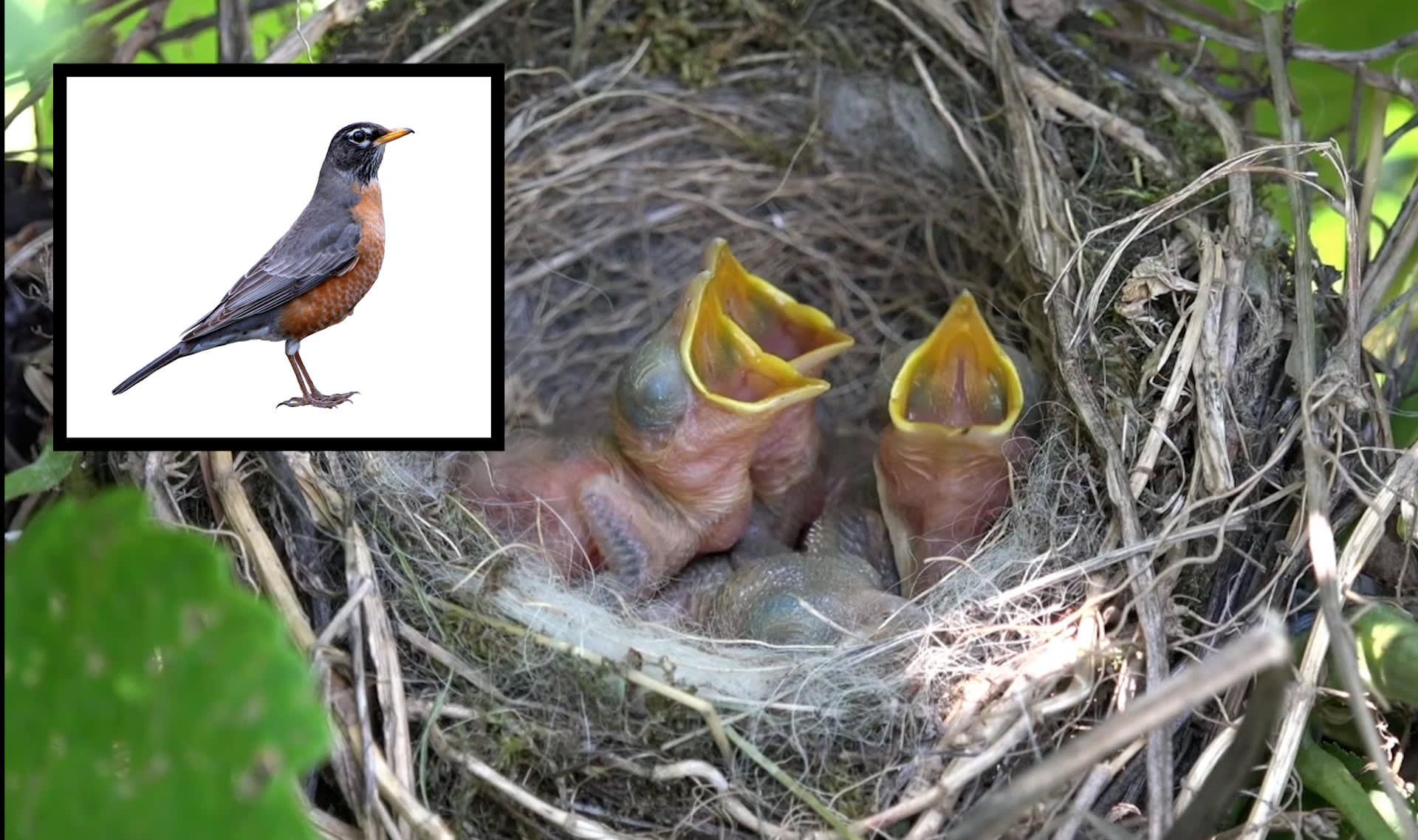
DISCUSS: What do mother robins and father robins do to help their babies grow up?

Please wait…
This video is having trouble loading. You may have lost your Internet connection.
Step 1: Click to Reload this page
Step 2: Click to
Try our other video player
Step 3: Contact your teacher if trouble persists.
Or,
dismiss this message.
DISCUSS:
Every spring, birds build nests. Why does a bird need a nest?
Can you think of ways having a nest helps a bird?

Please wait…
This video is having trouble loading. You may have lost your Internet connection.
Step 1: Click to Reload this page
Step 2: Click to
Try our other video player
Step 3: Contact your teacher if trouble persists.
Or,
dismiss this message.

Please wait…
This video is having trouble loading. You may have lost your Internet connection.
Step 1: Click to Reload this page
Step 2: Click to
Try our other video player
Step 3: Contact your teacher if trouble persists.
Or,
dismiss this message.
Step
01/15
01/15
Get your supplies.

Please wait…
This video is having trouble loading. You may have lost your Internet connection.
Step 1: Click to Reload this page
Step 2: Click to
Try our other video player
Step 3: Contact your teacher if trouble persists.
Or,
dismiss this message.
Step
02/15
02/15
Find a partner. You and your partner will help each other build your
nests. If you’re working alone, that’s okay too.
nests. If you’re working alone, that’s okay too.

Please wait…
This video is having trouble loading. You may have lost your Internet connection.
Step 1: Click to Reload this page
Step 2: Click to
Try our other video player
Step 3: Contact your teacher if trouble persists.
Or,
dismiss this message.
Step
03/15
03/15
Some birds use twigs to make a nest that’s shaped like a bowl.
You don’t have twigs, but you do have a paper bag. Discuss:
You don’t have twigs, but you do have a paper bag. Discuss:

Please wait…
This video is having trouble loading. You may have lost your Internet connection.
Step 1: Click to Reload this page
Step 2: Click to
Try our other video player
Step 3: Contact your teacher if trouble persists.
Or,
dismiss this message.
Step
04/15
04/15
Put your bag on your table or desk, like this. Stand up and put your
hand in the bag. Have your partner use both hands to squash down
the sides of the bag.
hand in the bag. Have your partner use both hands to squash down
the sides of the bag.

Please wait…
This video is having trouble loading. You may have lost your Internet connection.
Step 1: Click to Reload this page
Step 2: Click to
Try our other video player
Step 3: Contact your teacher if trouble persists.
Or,
dismiss this message.
Step
05/15
05/15
Your bag started out flat. Suppose a bird laid an egg on that flat bag.
Watch what would happen. Now watch what would happen if a bird
laid an egg in the nest you made from a bag. Discuss:
Watch what would happen. Now watch what would happen if a bird
laid an egg in the nest you made from a bag. Discuss:

Please wait…
This video is having trouble loading. You may have lost your Internet connection.
Step 1: Click to Reload this page
Step 2: Click to
Try our other video player
Step 3: Contact your teacher if trouble persists.
Or,
dismiss this message.
Step
06/15
06/15
Your nest is off to a great start. But you aren’t done yet! Watch this
little bird to figure out what might make your nest better! Discuss:
little bird to figure out what might make your nest better! Discuss:

Please wait…
This video is having trouble loading. You may have lost your Internet connection.
Step 1: Click to Reload this page
Step 2: Click to
Try our other video player
Step 3: Contact your teacher if trouble persists.
Or,
dismiss this message.
Step
07/15
07/15
You have some things you could use to make your nest soft inside.
Feel each one. Decide which would make the paper bag a softer place
for eggs and chicks.
Feel each one. Decide which would make the paper bag a softer place
for eggs and chicks.

Please wait…
This video is having trouble loading. You may have lost your Internet connection.
Step 1: Click to Reload this page
Step 2: Click to
Try our other video player
Step 3: Contact your teacher if trouble persists.
Or,
dismiss this message.
Step
08/15
08/15
Now you have to figure out how to use the soft things you have.
Experiment with what you have! Make the inside of your nest soft
and cozy.
Experiment with what you have! Make the inside of your nest soft
and cozy.

Please wait…
This video is having trouble loading. You may have lost your Internet connection.
Step 1: Click to Reload this page
Step 2: Click to
Try our other video player
Step 3: Contact your teacher if trouble persists.
Or,
dismiss this message.
Step
09/15
09/15
Make your hand into a fist like this. Put your hand on the paper, with
the bottom of your hand at the edge of the paper. Trace around your
hand with a pencil.
the bottom of your hand at the edge of the paper. Trace around your
hand with a pencil.

Please wait…
This video is having trouble loading. You may have lost your Internet connection.
Step 1: Click to Reload this page
Step 2: Click to
Try our other video player
Step 3: Contact your teacher if trouble persists.
Or,
dismiss this message.
Step
10/15
10/15
Color your bird. You can color it so it looks like a real bird, or like a bird
you made up. Add a tail.
you made up. Add a tail.

Please wait…
This video is having trouble loading. You may have lost your Internet connection.
Step 1: Click to Reload this page
Step 2: Click to
Try our other video player
Step 3: Contact your teacher if trouble persists.
Or,
dismiss this message.
Step
11/15
11/15
Draw a box around your bird, like this. The bird’s beak and tail should
just touch the line of the box. Now cut along the lines of the box. Your
bird is ready to sit on its nest!
just touch the line of the box. Now cut along the lines of the box. Your
bird is ready to sit on its nest!

Please wait…
This video is having trouble loading. You may have lost your Internet connection.
Step 1: Click to Reload this page
Step 2: Click to
Try our other video player
Step 3: Contact your teacher if trouble persists.
Or,
dismiss this message.
Step
12/15
12/15
Put your bird in your nest. Your nest may not look like ours — or like
anyone else’s nest. There are many different kinds of bird nests!
anyone else’s nest. There are many different kinds of bird nests!

Please wait…
This video is having trouble loading. You may have lost your Internet connection.
Step 1: Click to Reload this page
Step 2: Click to
Try our other video player
Step 3: Contact your teacher if trouble persists.
Or,
dismiss this message.
Step
13/15
13/15
Take a look at these three bird nests. Discuss:

Please wait…
This video is having trouble loading. You may have lost your Internet connection.
Step 1: Click to Reload this page
Step 2: Click to
Try our other video player
Step 3: Contact your teacher if trouble persists.
Or,
dismiss this message.
Step
14/15
14/15
Every nest keeps eggs from rolling away! But each nest is made of
different stuff. Flamingoes use mud. Robins use twigs. Hummingbirds
use spider webs & bits of plants.
different stuff. Flamingoes use mud. Robins use twigs. Hummingbirds
use spider webs & bits of plants.

Please wait…
This video is having trouble loading. You may have lost your Internet connection.
Step 1: Click to Reload this page
Step 2: Click to
Try our other video player
Step 3: Contact your teacher if trouble persists.
Or,
dismiss this message.
Step
15/15
15/15
Just for fun, imagine that you’re a bird. Think about what you could
use to build your nest. Have fun, and stay curious.
use to build your nest. Have fun, and stay curious.


season
1 of 7
a time of year with specific weather that repeats every year
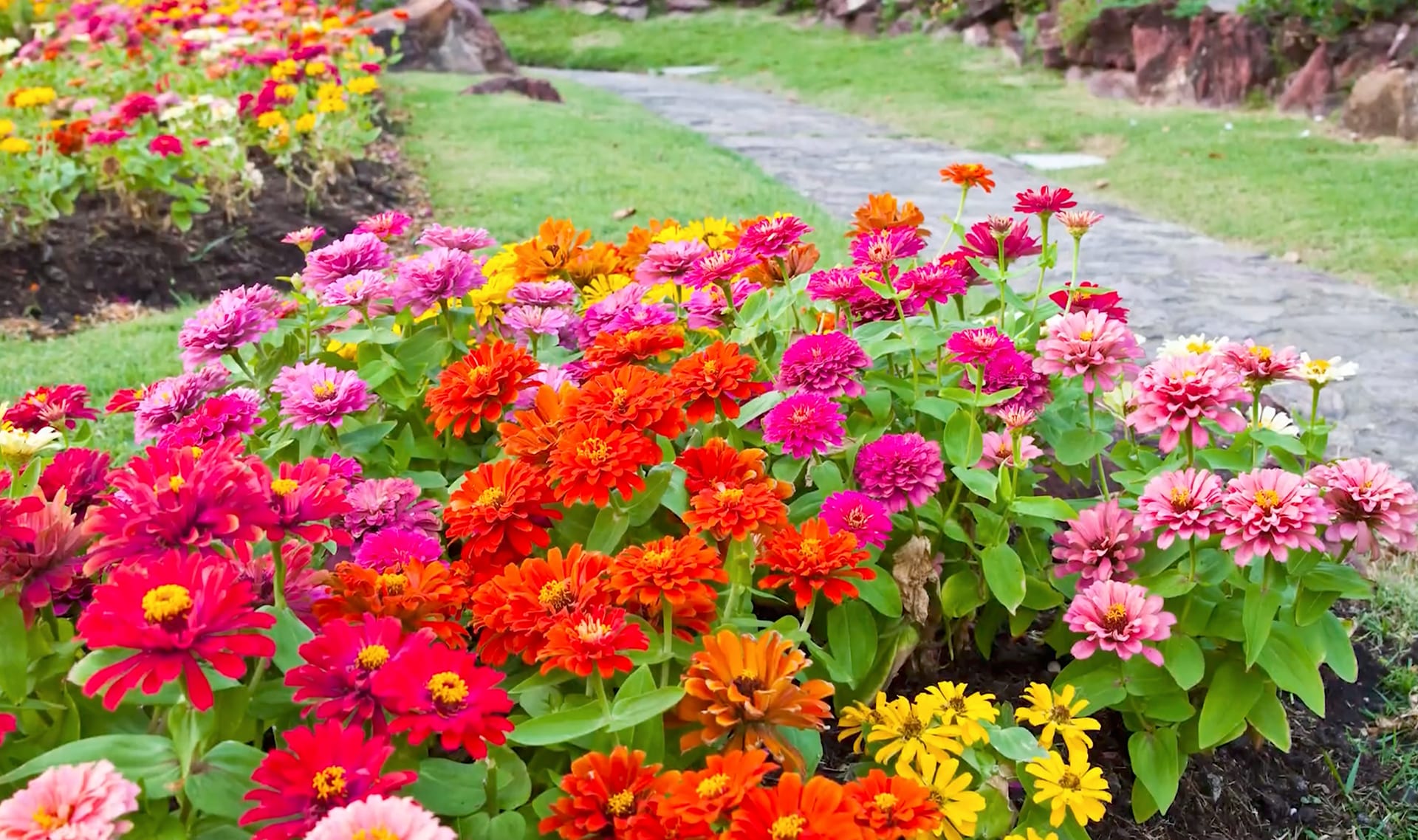
spring
2 of 7
one of the four seasons, when the weather starts to warm up in some places
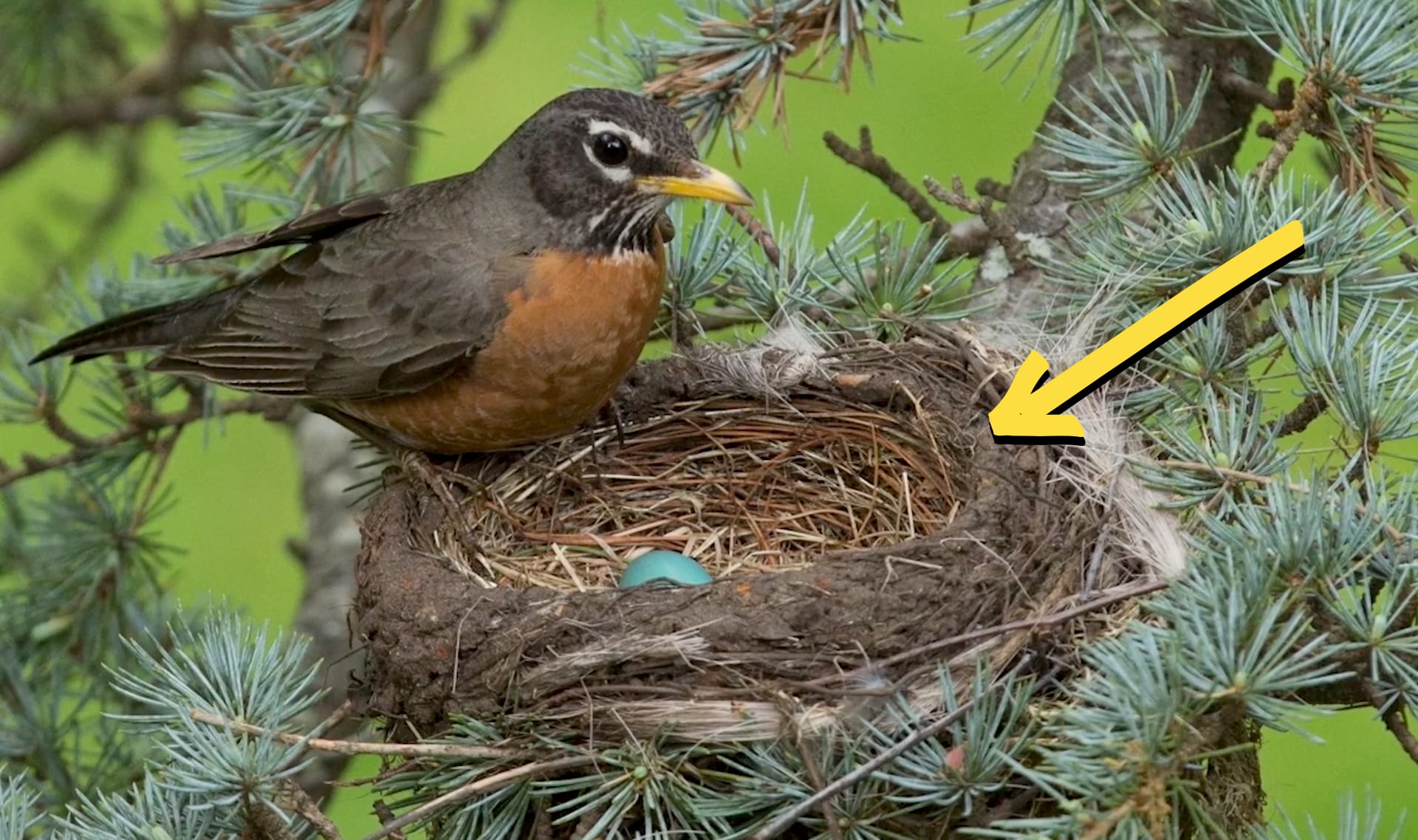
nest
3 of 7
a thing built by an animal where they raise their young
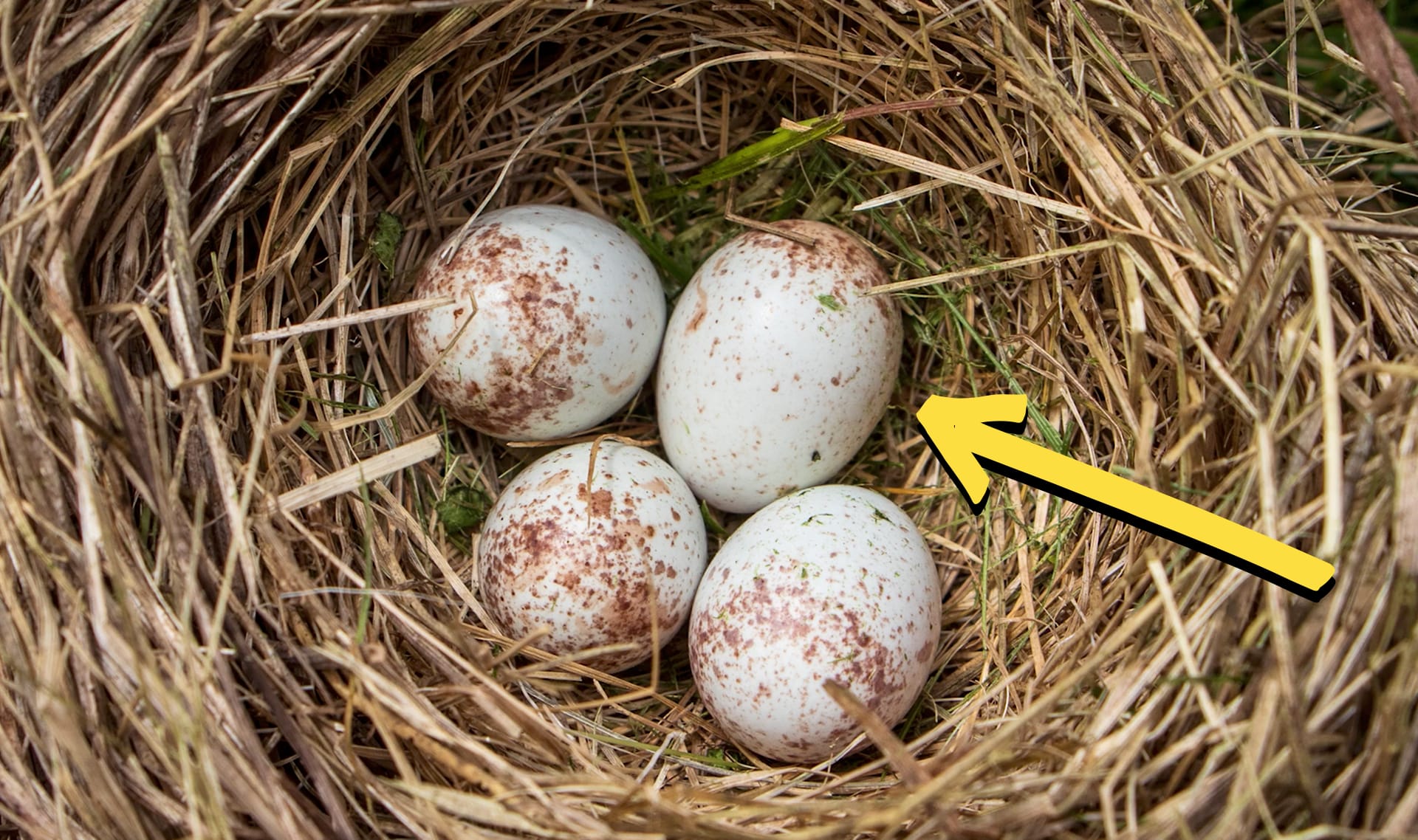
egg
4 of 7
laid by some animals, a baby animal can grow inside

hatch
5 of 7
to come out of an egg

Please wait…
This video is having trouble loading. You may have lost your Internet connection.
Step 1: Click to Reload this page
Step 2: Click to
Try our other video player
Step 3: Contact your teacher if trouble persists.
Or,
dismiss this message.
experiment
6 of 7
a test used to discover new information about a question

model
7 of 7
a pretend version of something that scientists use when the real thing is too big, small, or complicated to work with
